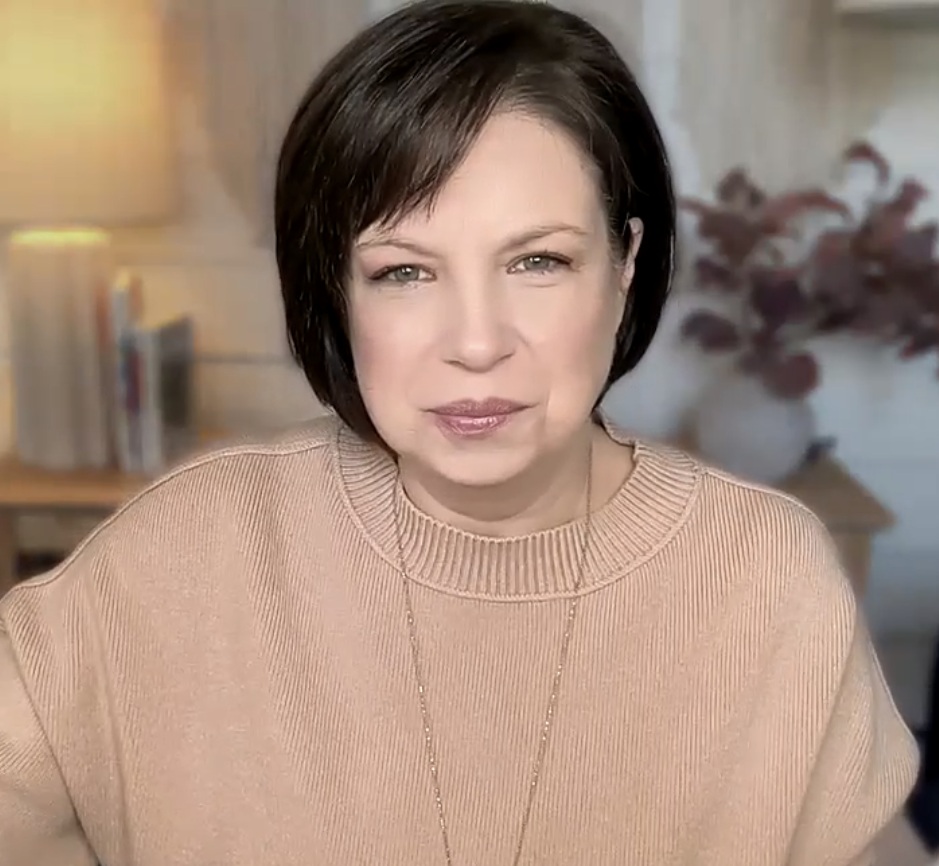Carol Stock Kranowitz
Carol Stock Kranowitz, a former teacher, introduced Sensory Processing Disorder to parents and educators around the world through her groundbreaking book, “The Out-of-Sync Child,” the first publication in her “Sync” series. She speaks internationally about SPD’s effect on children’s learning and behavior and how families, teachers, and professionals can support children as they grow — at home, at school, and out and about. (Visit www.out-of-sync-child.com) With Joye Newman, she shows parents and teachers how to incorporate “In-Sync” activities into the home and classroom. (Visit www.insyncchild.com)
A graduate of Barnard College, Carol has a master’s degree in Education and Human Development from George Washington University. She lives in Bethesda, is a classical cellist, and dotes on five grandchildren.







